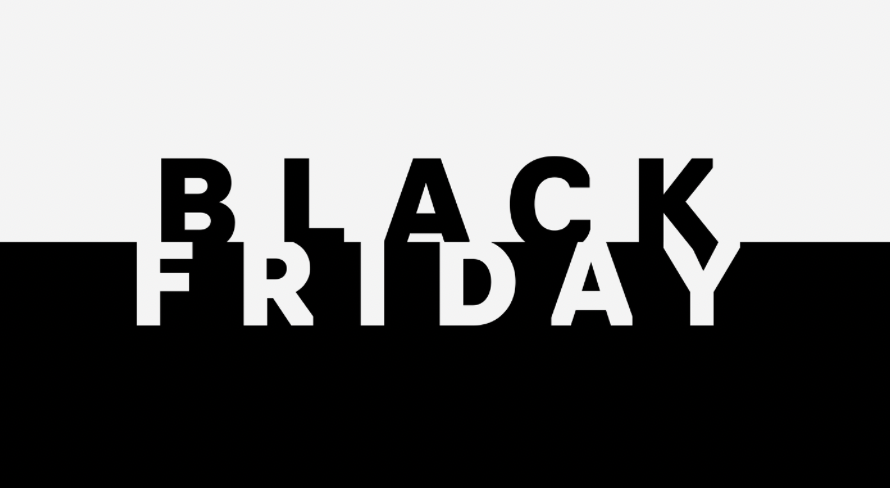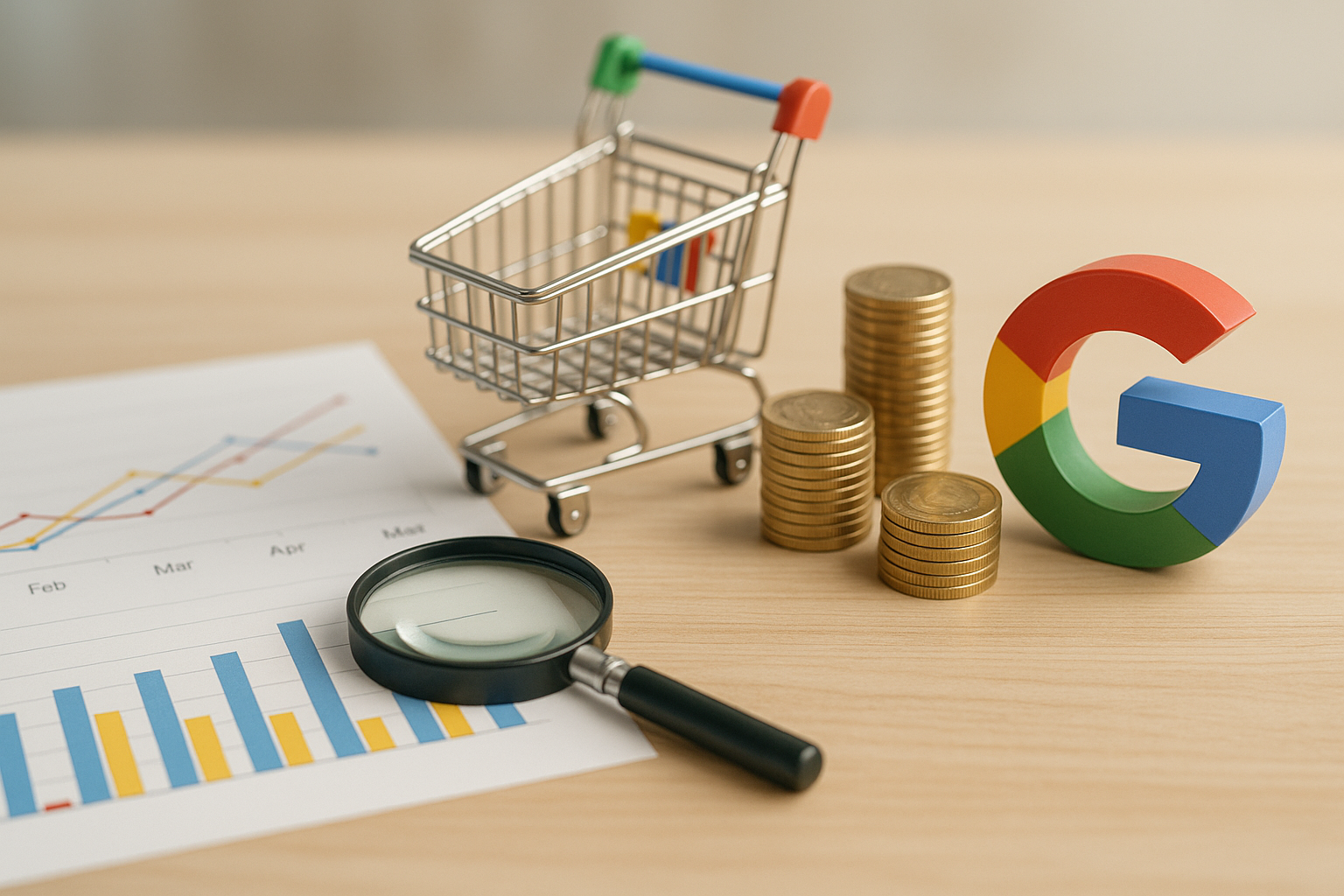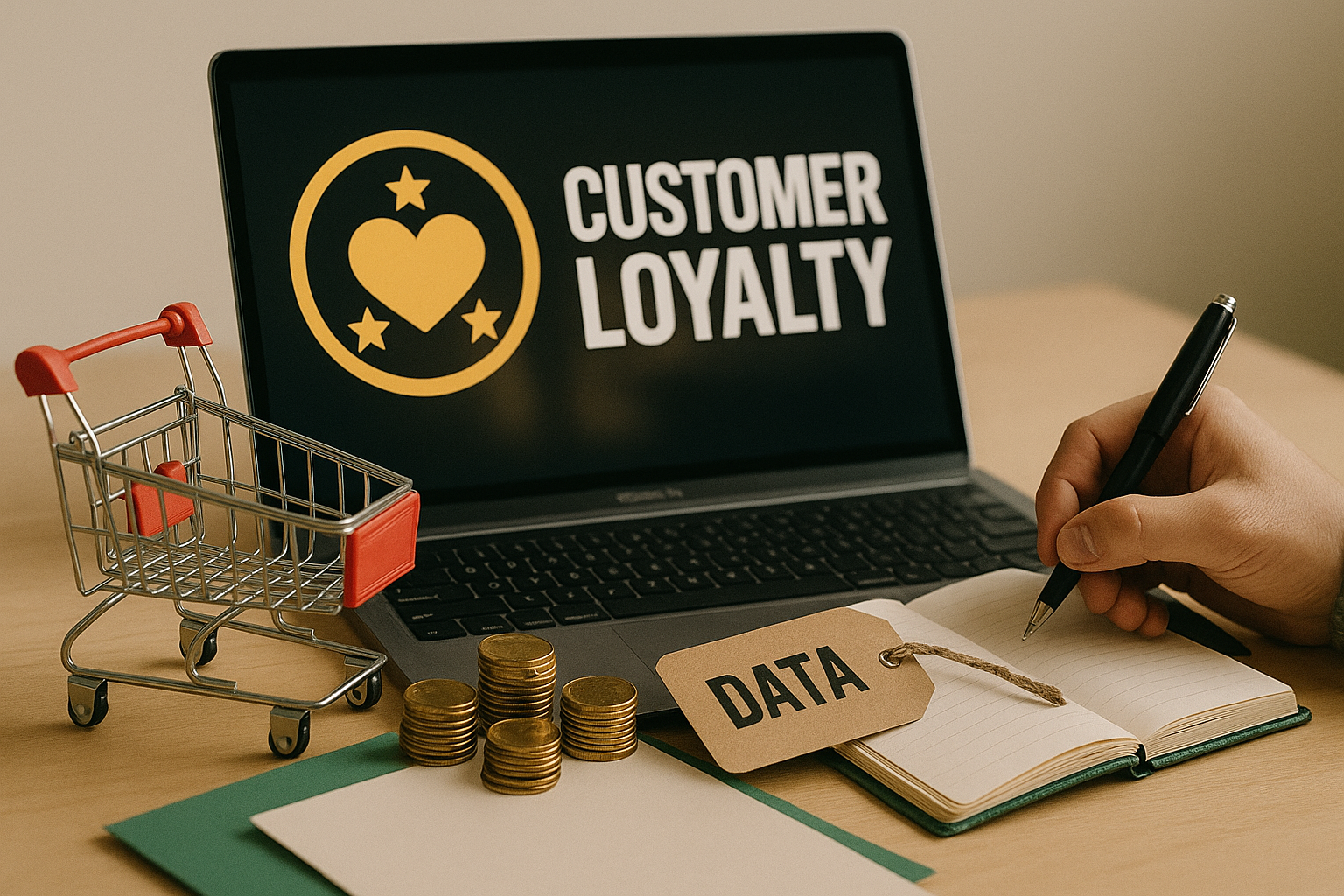
Analytica House
Sep 3, 2022How to Prepare Your Brand for Black Friday in 3 Steps

The big November sales are starting! Is your brand ready for Black Friday? Follow these 3 steps to get the most efficient results for your brand during this hectic period.
1. Plan Your Black Friday Campaign Calendar
The planning stage before Black Friday begins is crucial. First, define your campaign calendar and decide which audience you will contact, when, and how. You should create different strategies and plans for before, during, and after Black Friday.
2. Forecast Your Budgets
To make accurate forecasts, use tools like Performance Planner, Keyword Planner, and Google Trends, and review last year’s Black Friday data in Google Analytics. This will help you estimate more accurately and manage your budgets effectively.
When planning budgets, consider all dynamics: media mix, channel distribution, brand and programmatic plans for maximum visibility, and include third-party channels in your plan.
3. Divide Your Plans into Phases
Historical data shows that shopping interest ramps up before November, peaks during Black Friday week, and then tapers off afterward. Therefore, split your planning into three phases: pre-sale, sale week, and post-sale.

a) Pre-Black Friday Phase
Because competition and costs spike during the sale week, start your campaign early to build awareness and expand your remarketing audiences. By driving traffic to your site before the sale at lower cost, you’ll have data ready to retarget more efficiently when costs rise.
Be sure your promotional visuals and videos are ready well before peak week—dynamic creatives work best for awareness.
Update your CRM segments with last year’s online and offline purchasers in Google Ads and Facebook, so you don’t miss any high-value customers.
Also, ensure your website infrastructure can handle peak traffic: verify Google Tag Manager, conversion tags, and Facebook events before the rush.
On the product side, check inventory levels and variety for your best-sellers and planned discount items to avoid stockouts during the surge.
b) Black Friday Week
In Google Ads, watch for “limited by budget” alerts—manual bidding campaigns can run out of budget quickly when volume spikes. Wherever possible, use automated bidding strategies to stay competitive.
To broaden your reach, diversify campaigns: alongside programmatic and third-party buys, use Google Discovery, YouTube, and Dynamic Search Ads. Don’t forget to add all relevant ad extensions.
On Facebook, build separate campaigns for awareness, consideration, and conversion, each with tailored messaging.
Prioritize low-competition categories to avoid skyrocketing costs. In search campaigns, favor long-tail keywords over ultra-competitive terms like “Black Friday” or “Cyber Monday.”
Launch new campaigns early so they finish learning before peak week. On Facebook, use Dynamic Creative; in Google Ads, use Responsive Display and Responsive Search Ads, with varied extensions.
Traffic during peak week often stays for a while after. Segment users by behavior—e.g., abandoners—and set up a post-sale phase with special offers like “We Miss You” coupons for those who added to cart but didn’t purchase.

c) Post-Black Friday Phase
Since sales taper off gradually after Black Friday, plan for a smooth transition. Prepare your post-sale creatives and messaging in advance.
A common mistake is forgetting to pause sale campaigns afterward. Use automated rules in all platforms to turn off or adjust campaigns, and audit any leftover promotions from last season.
More resources

5 Ways to Accurately Measure Sales Impact with Google MMM
Google MMM (Marketing Mix Modeling) is one of the most powerful statistical methods for understandin...

ChatGPT Shopping Research: An AI-Powered Shopping Assistant
ChatGPT Shopping Research is an AI-powered shopping assistant that accelerates users' shopping resea...

Data-Driven Tactics to Build Customer Loyalty After Black Friday
Customer loyalty is the most valuable outcome of the Black Friday period, as short-term traffic and...

